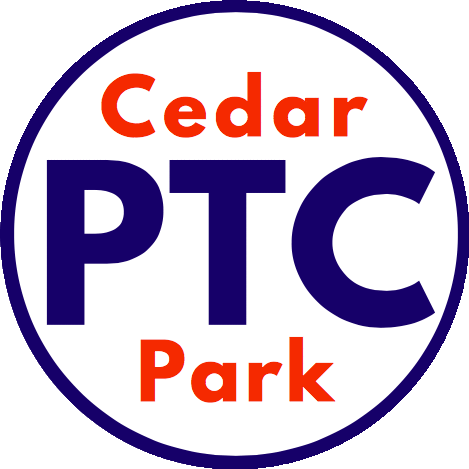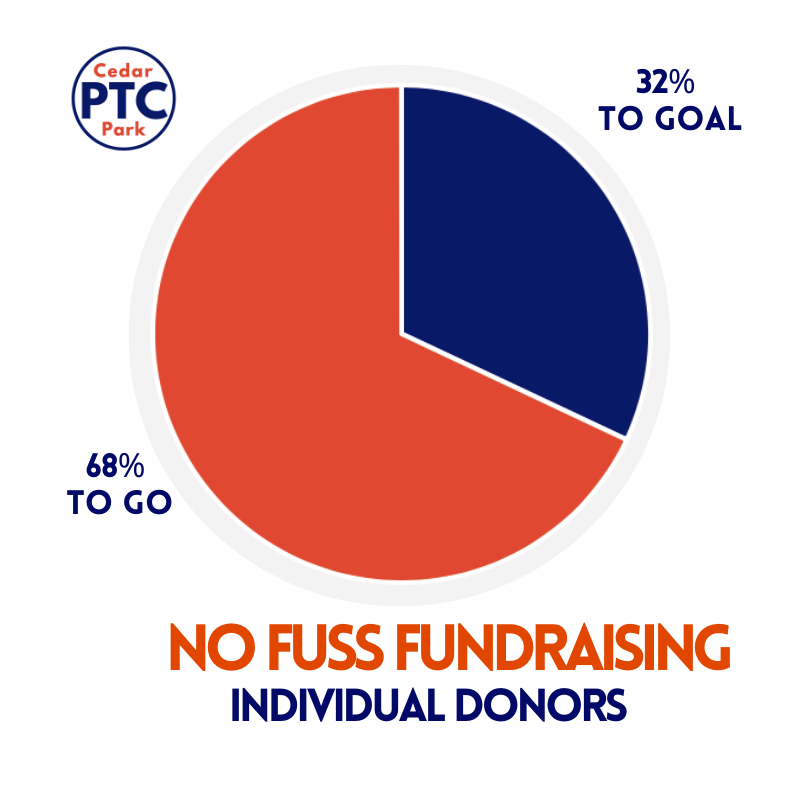Our No Fuss Fundraising campaign has already found 32 community donors, contributing over $2300 towards our fundraising effort.
Every donor counts, regardless of donation size, so join us in our mission to support Cedar Park this year!
OUR GOAL:
100 individual donors by December 16th. We are 32% there!
DONATE NOW:
Use your PayPal account or any debit/credit card to support the CDL efforts of Cedar Park PTC in as little as 30 seconds. Let's come together to KEEP CEDAR PARK AWESOME! Each individual donor (regardless of donation size) takes us one step closer to our goal.
NIKE/ COLUMBIA/ INTEL FAMILIES:
Feel free to donate directly to the Cedar Park PTC via the Benevity portal. Forward the confirmation to president@cedarparkptc.org.
NIKE DOUBLES THE MATCH ON GIVING TUESDAY, 12/1:
Once again, Nike will supercharge employee contributions by offering a 2X match on all employee donations made on Giving Tuesday, Dec. 1, through Give Your Best, up to $25,000 this calendar year (up from $10,000). Double your donation to the Cedar Park PTC by giving on 12/1! Forward the confirmation to president@cedarparkptc.org.
FUNDRAISING NEWSLETTER:
Check out our No Fuss Fundraising newsletter to learn more about:
Where the Money Goes
Sponsorship Opportunities
Matching Funds info
ADDITIONAL QUESTIONS:
Email PTC President, Bettina Jeszenszky (president@cedarparkptc.org).







